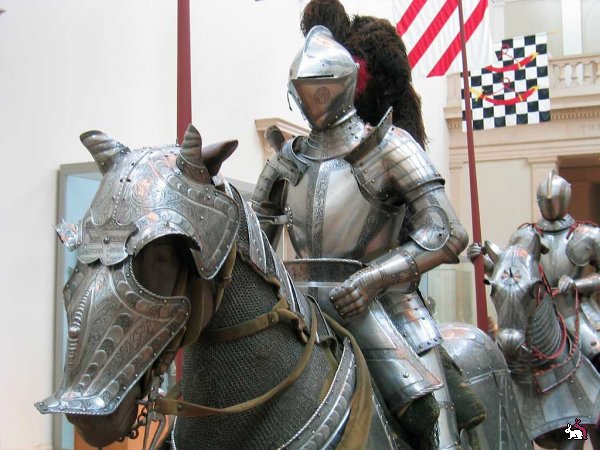Medieval horsemen
https://www.traditionrolex.com/42
https://www.traditionrolex.com/42

Medieval knights looked completely different from antique horsemen. Dressed in heavy armor, they were unable to move around easily, if not sitting on horseback. A knight needed a respective horse - powerful, quiet, able to hold the weight of the rider in full gear, fast to pursue enemies.
A well-trained war horse would not only carry its master but also participated inbattles. If a knight was surrounded by enemy infantry, his horse pranced and the horse rider could sword his opponents on both sides. That element was called levada. If the horse, standing on hind legs, made three or four jumps forward, it managed to break the ring of the attacking. Those jumps were called gambado. When the rider,owing to the horse, escaped from the enemy, he forced it to jump high, in addition, the horse was beating heavily with its hoofs while still in the air. This figure was called the name capriole. There was free space under the horse because the enemies ran away from the impact. After capriole, the horse landed, immediately turned back on hind legs - pirouette.
Such exercises can be seen in our time as well. These elements are performed by horses of the Lipizzan breed trained in the style of the Spanish riding school in Vienna.
Author: Edition
https://www.traditionrolex.com/42








Comments (0)